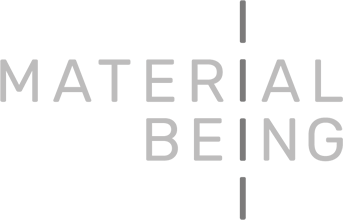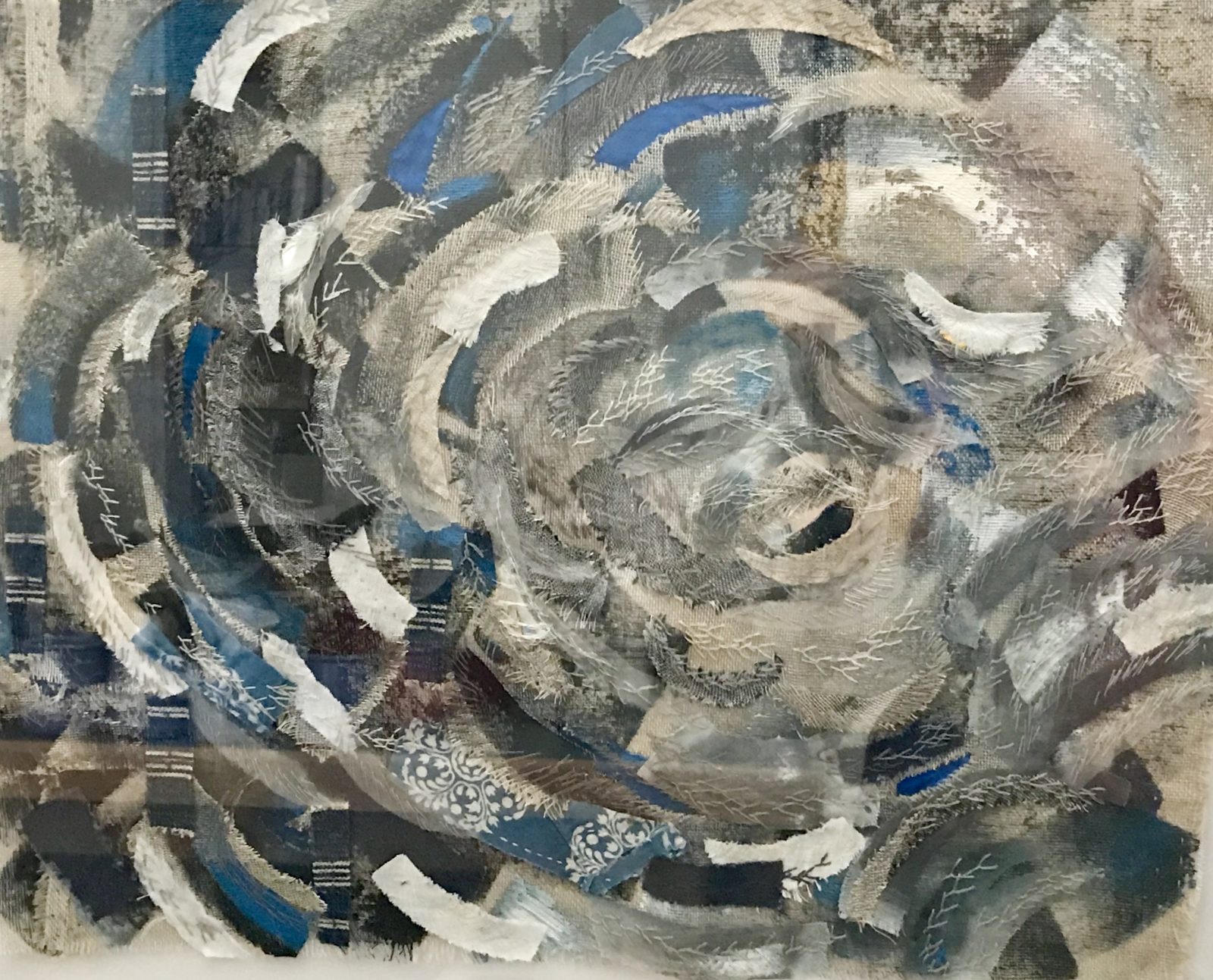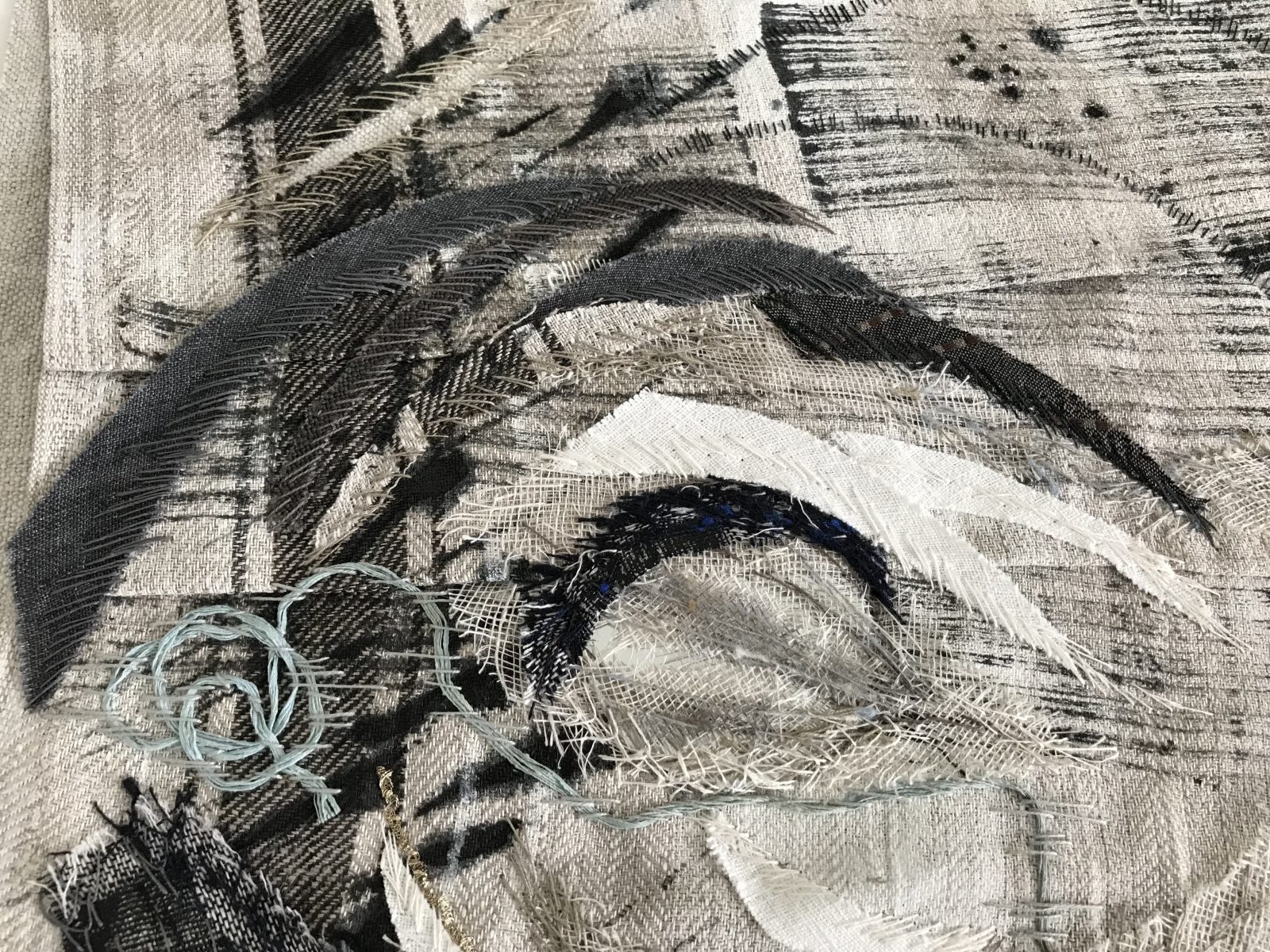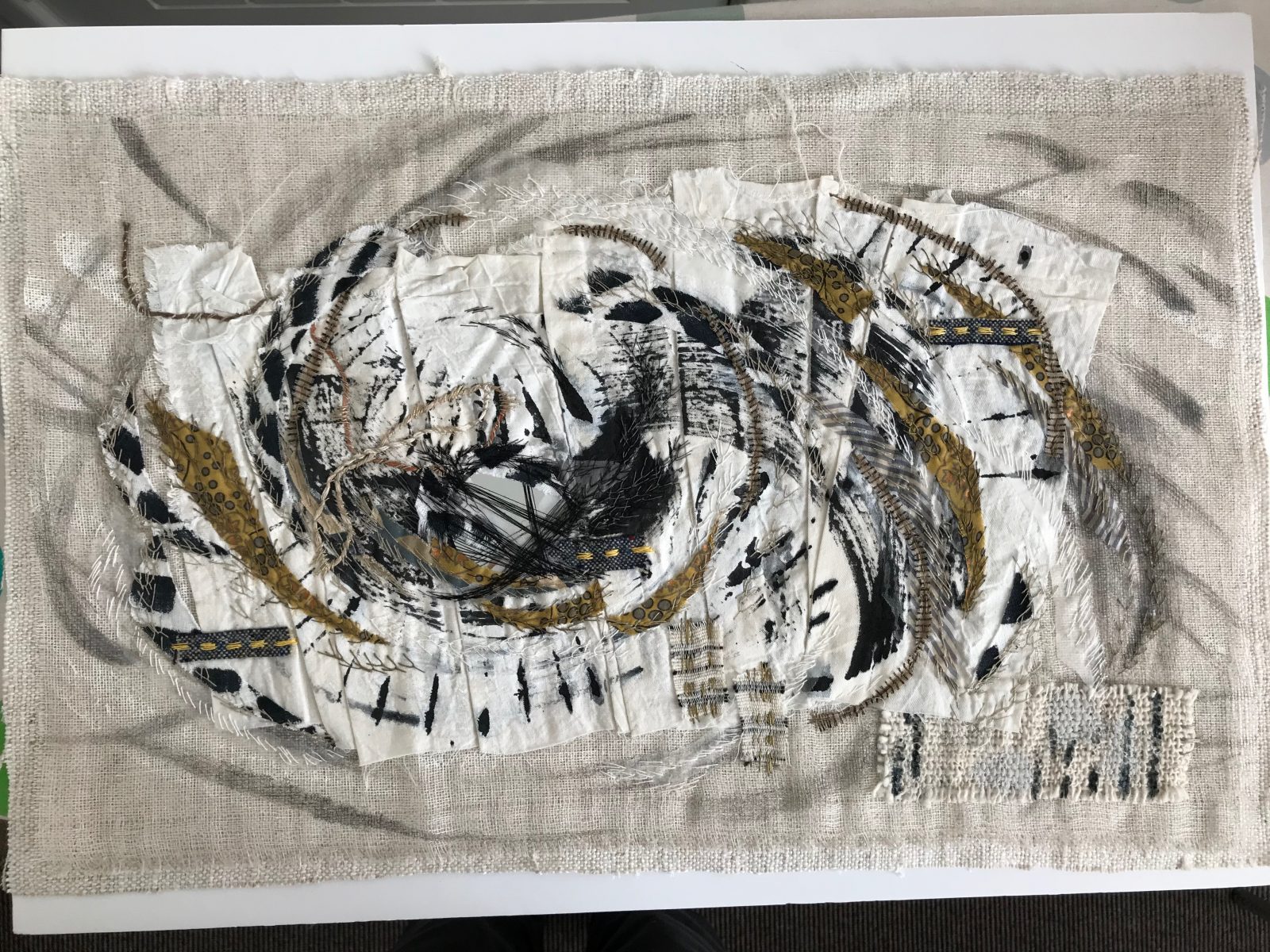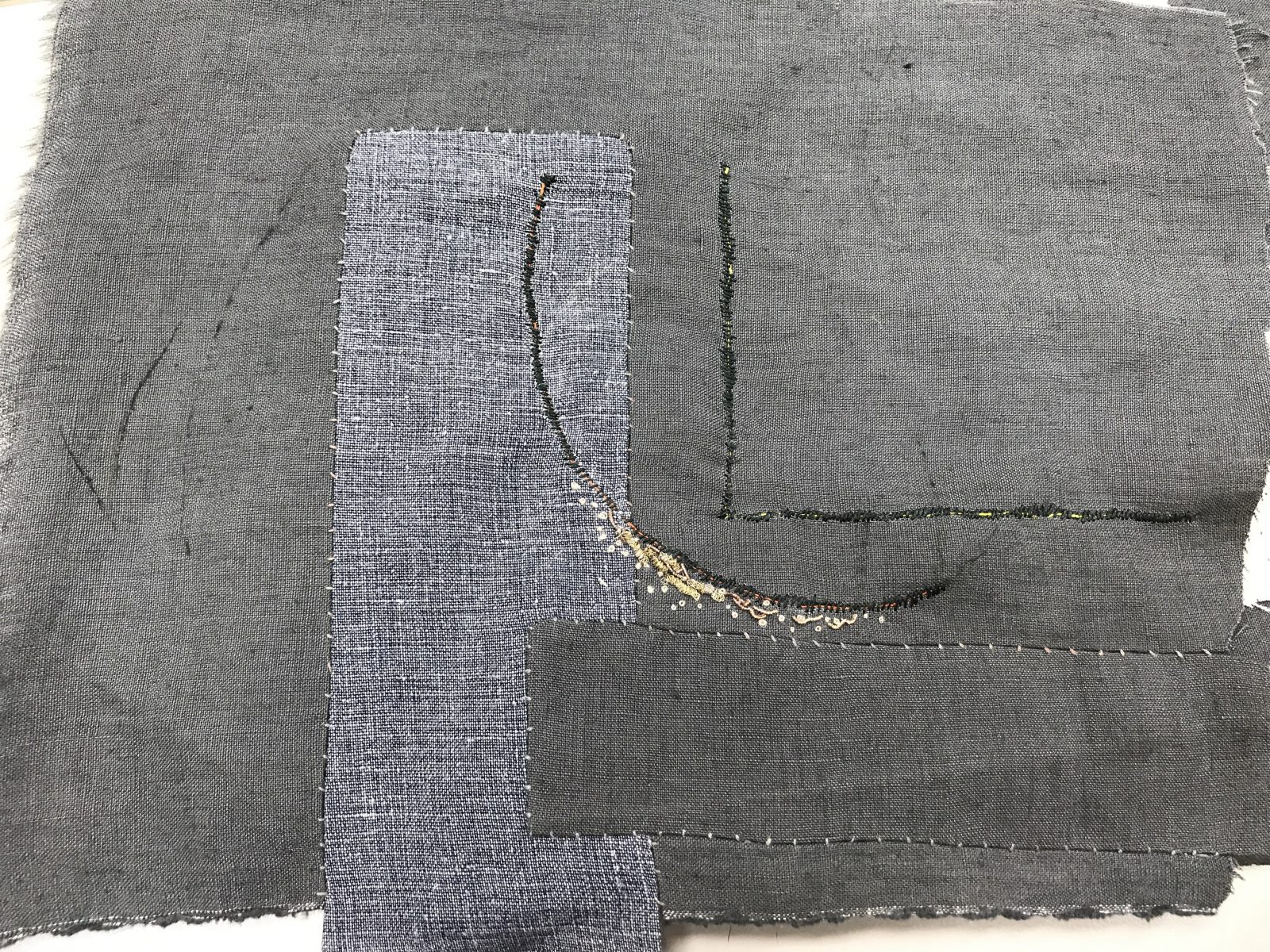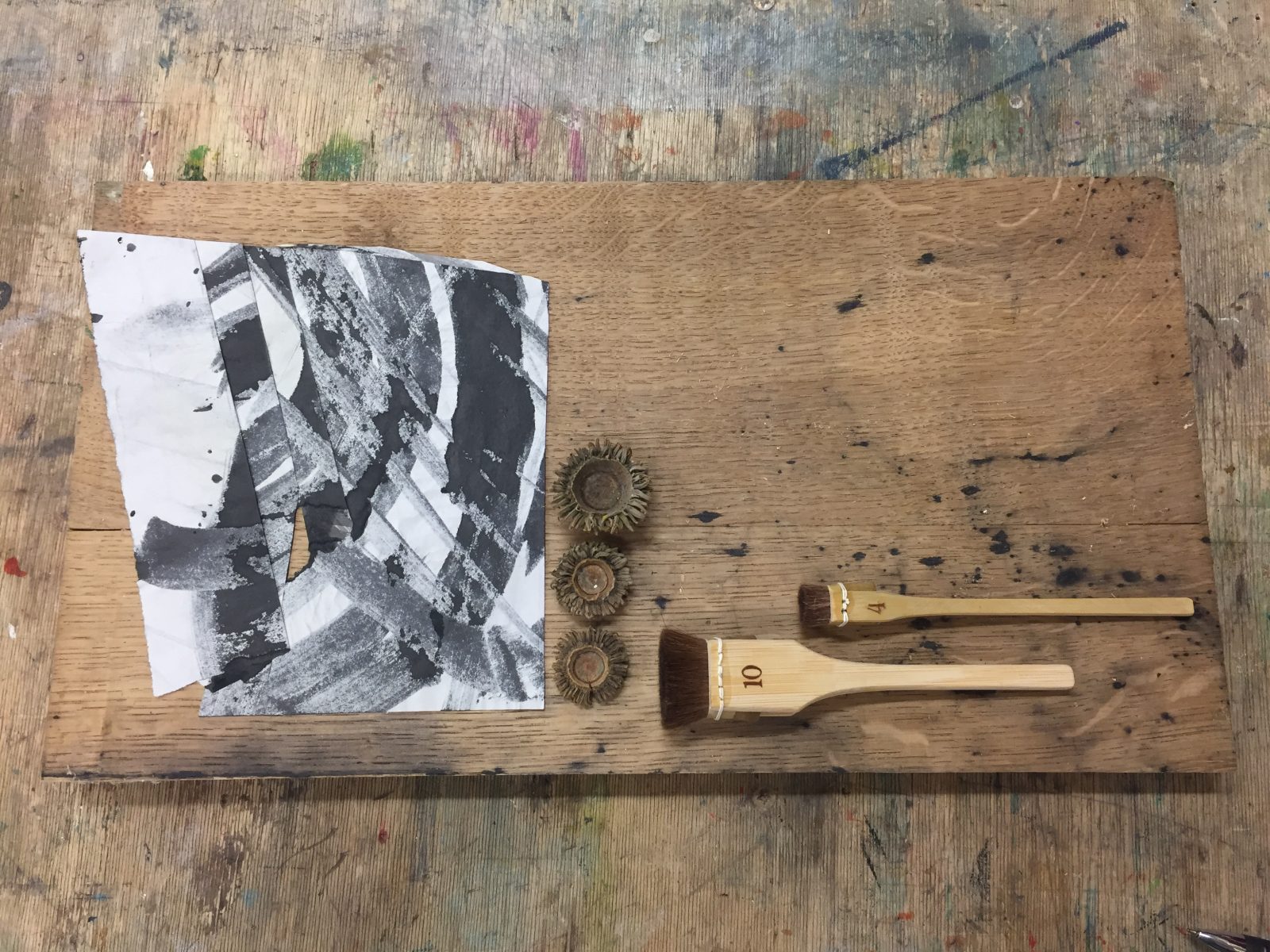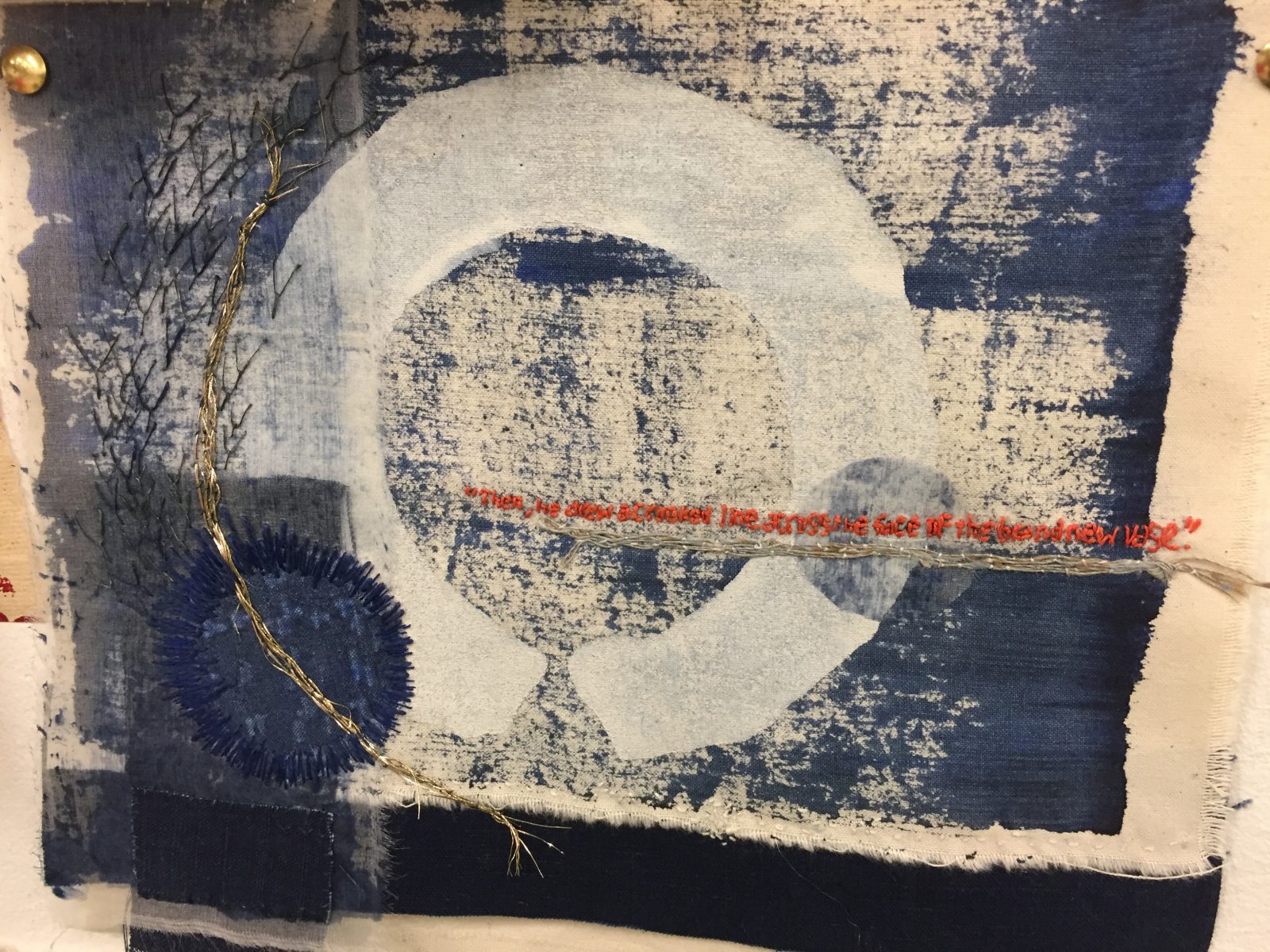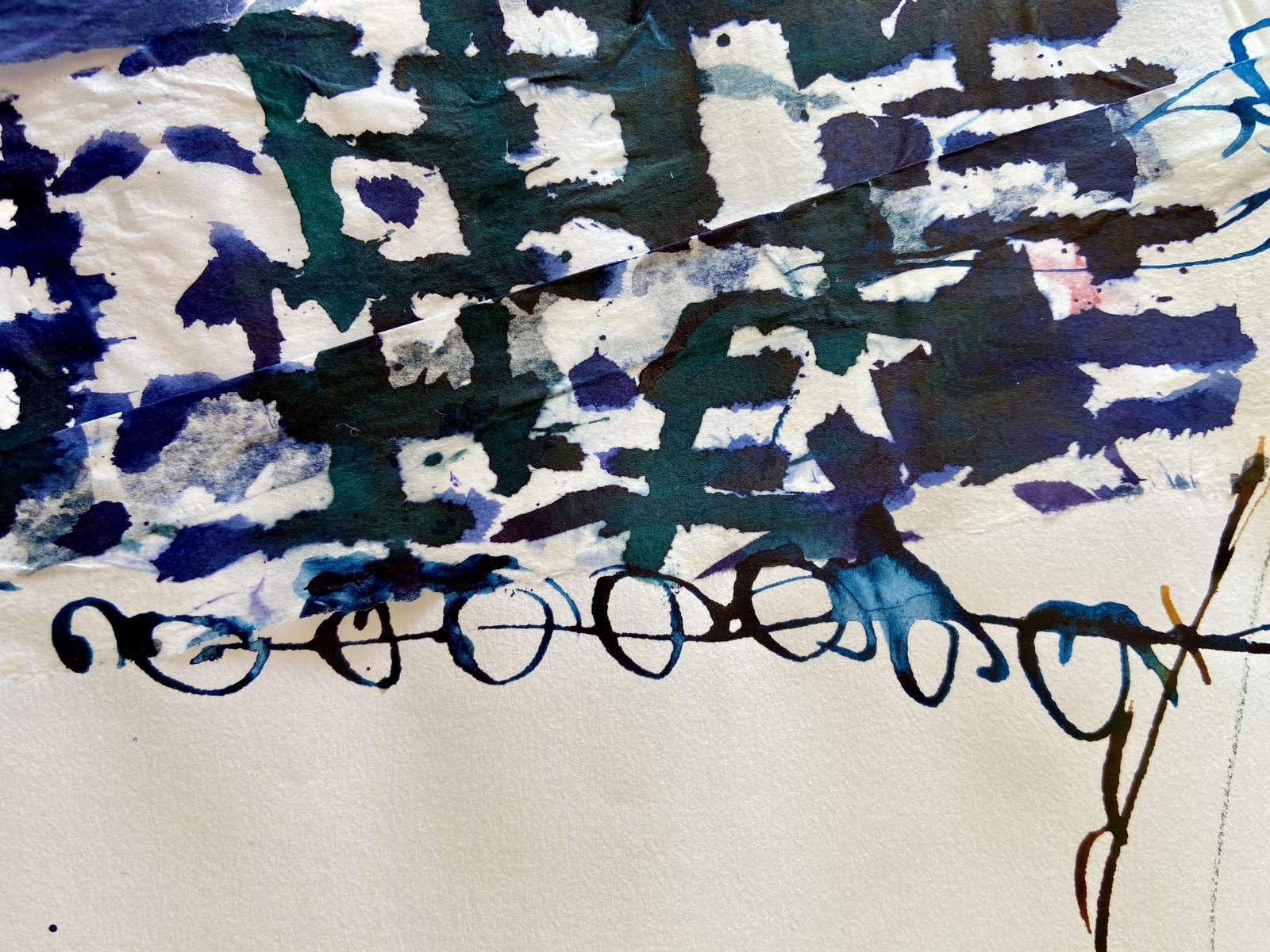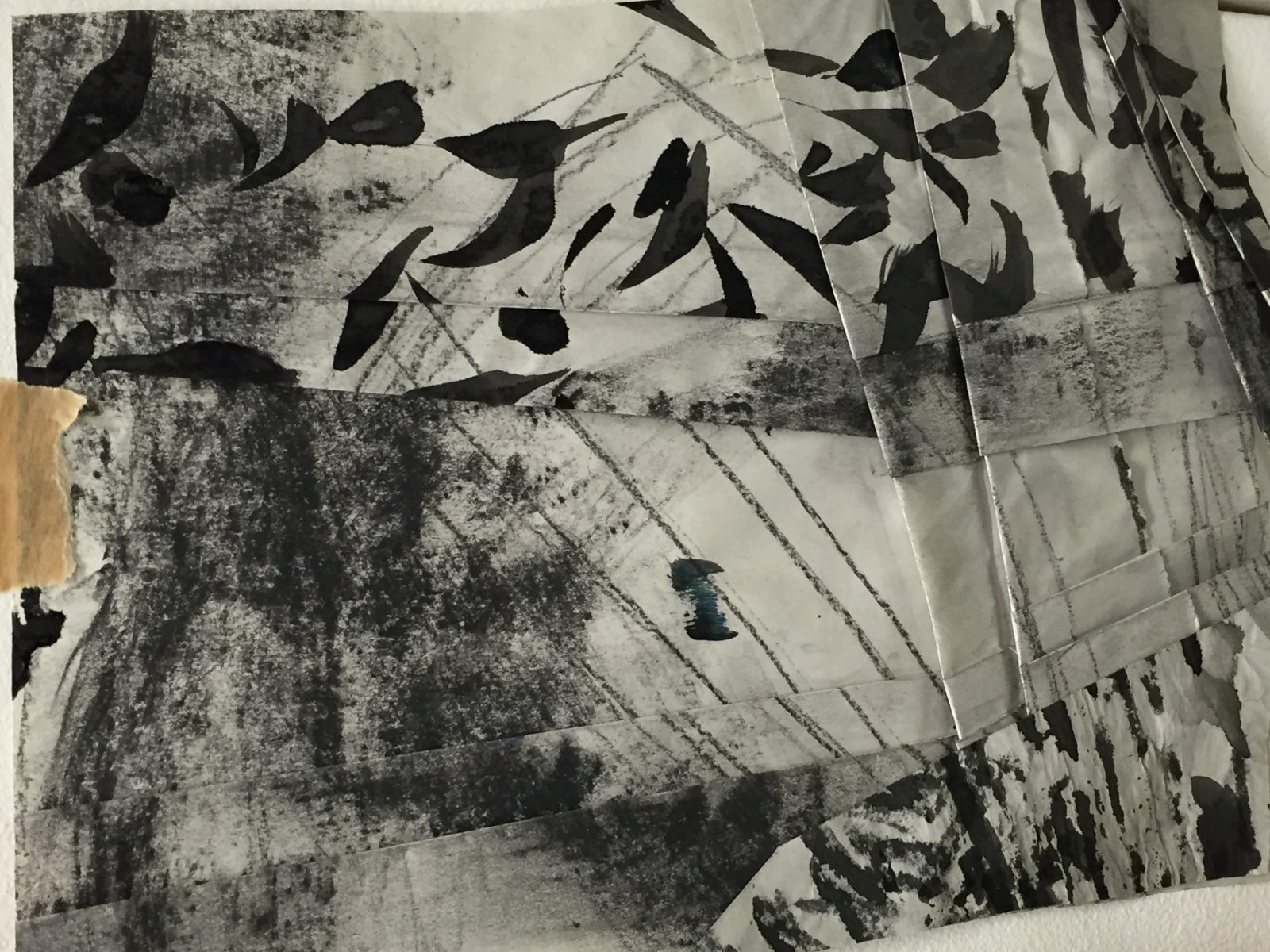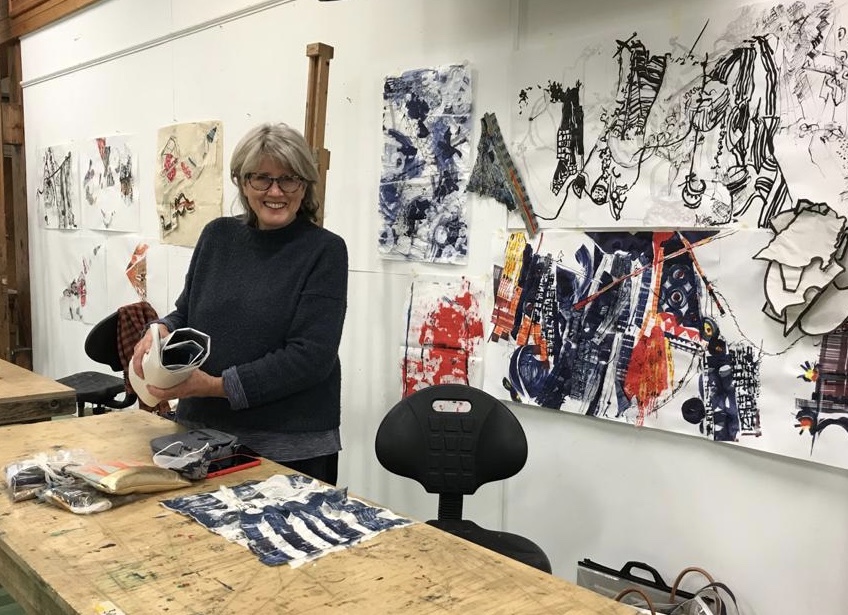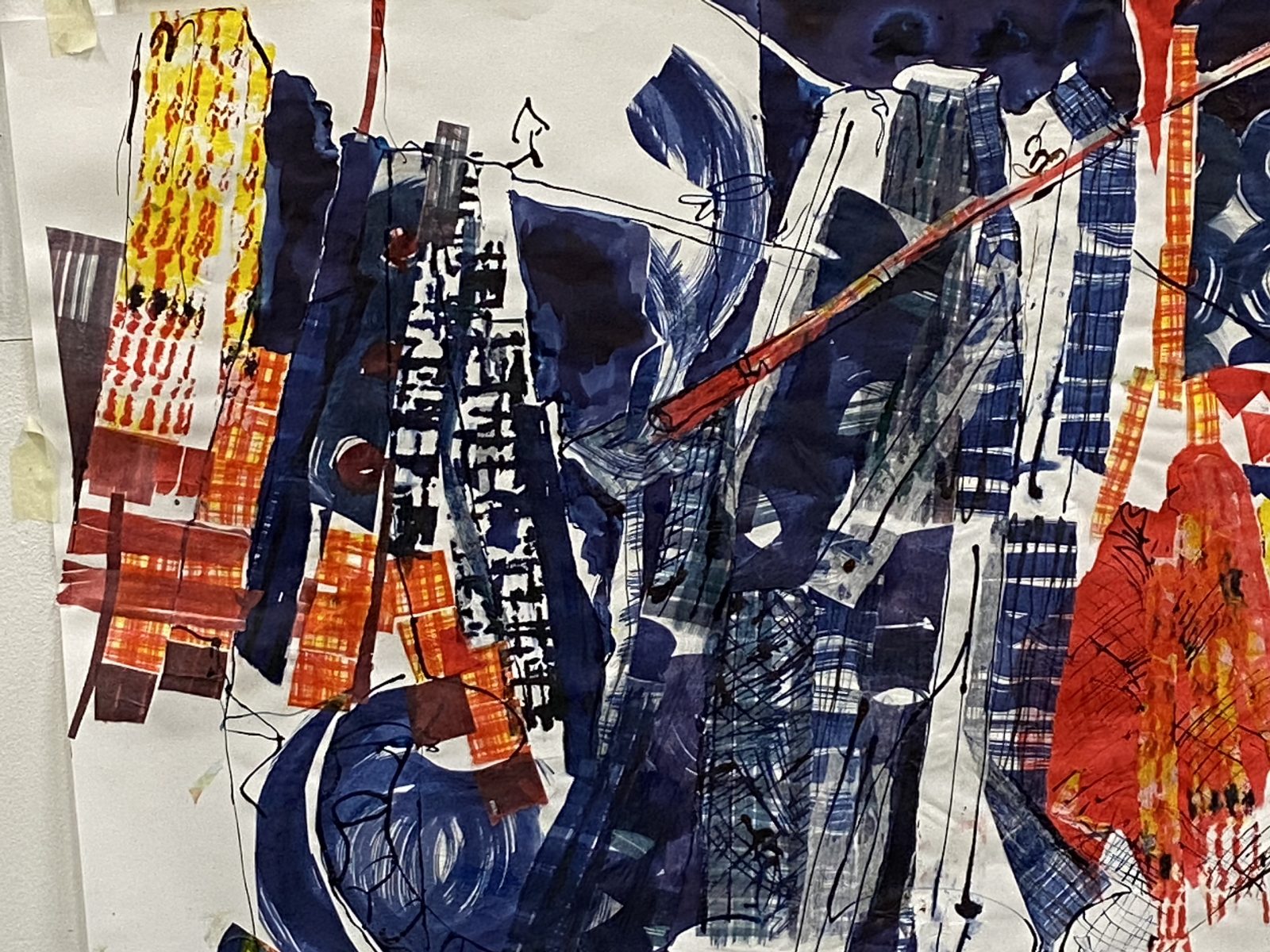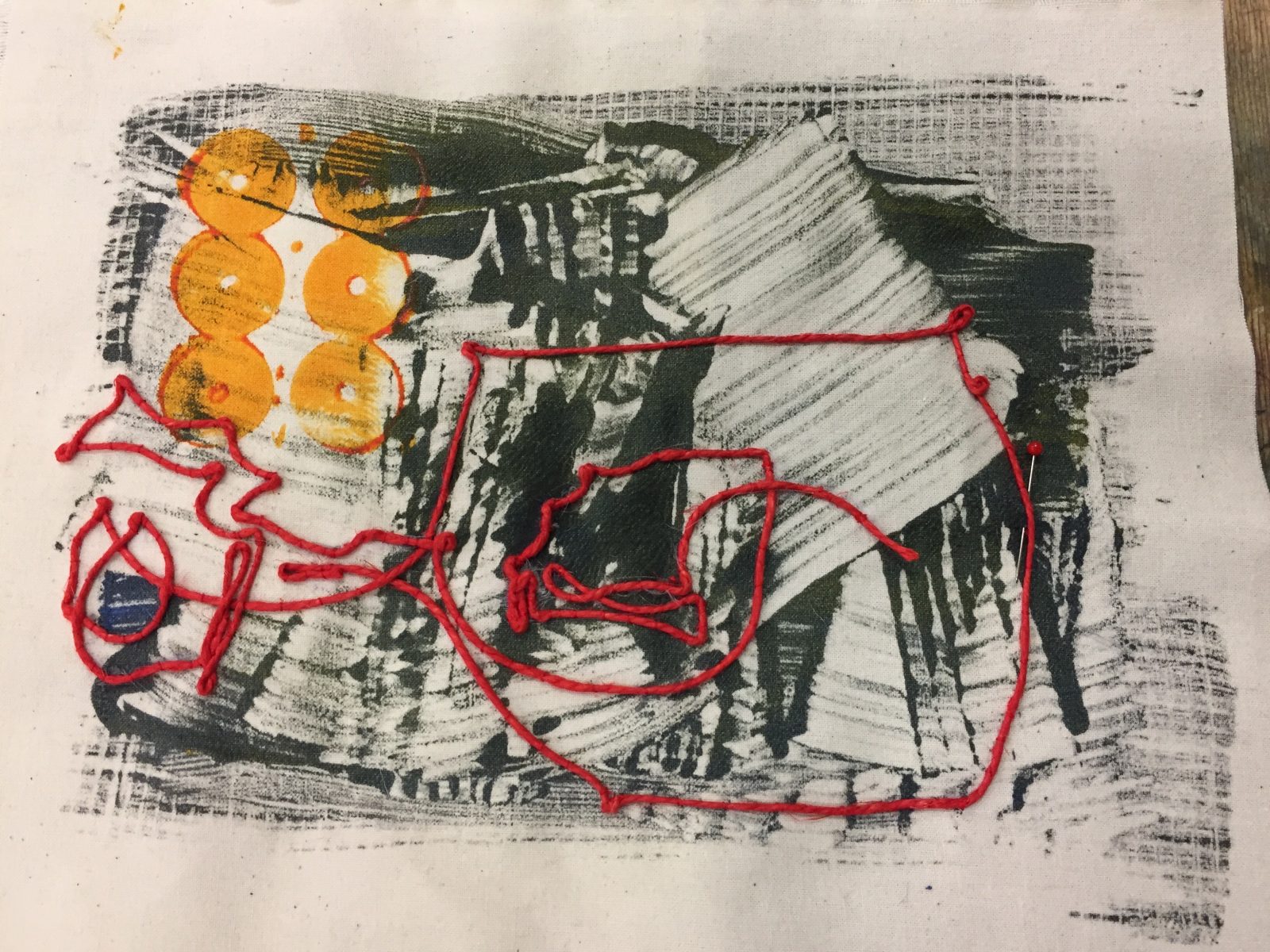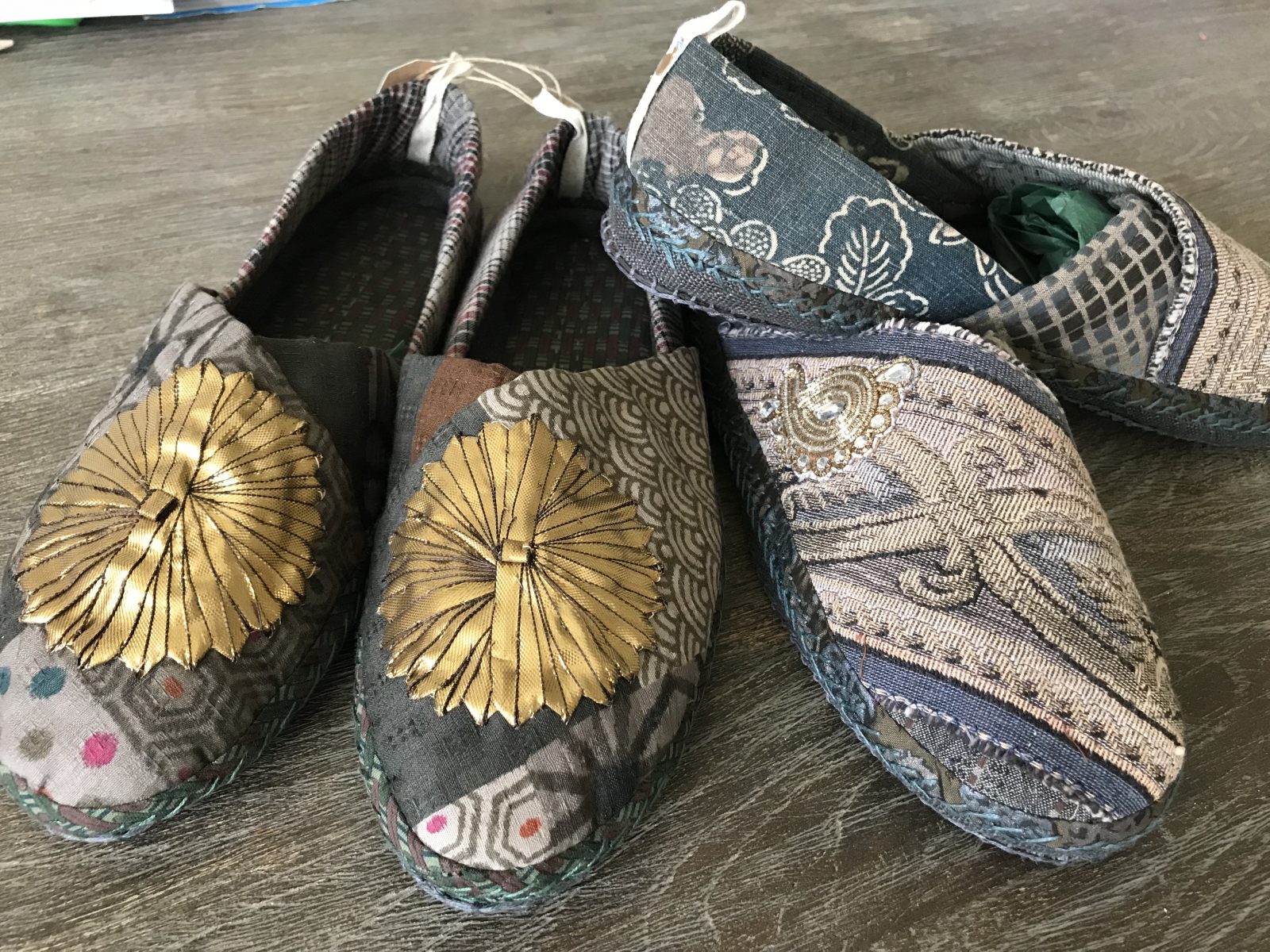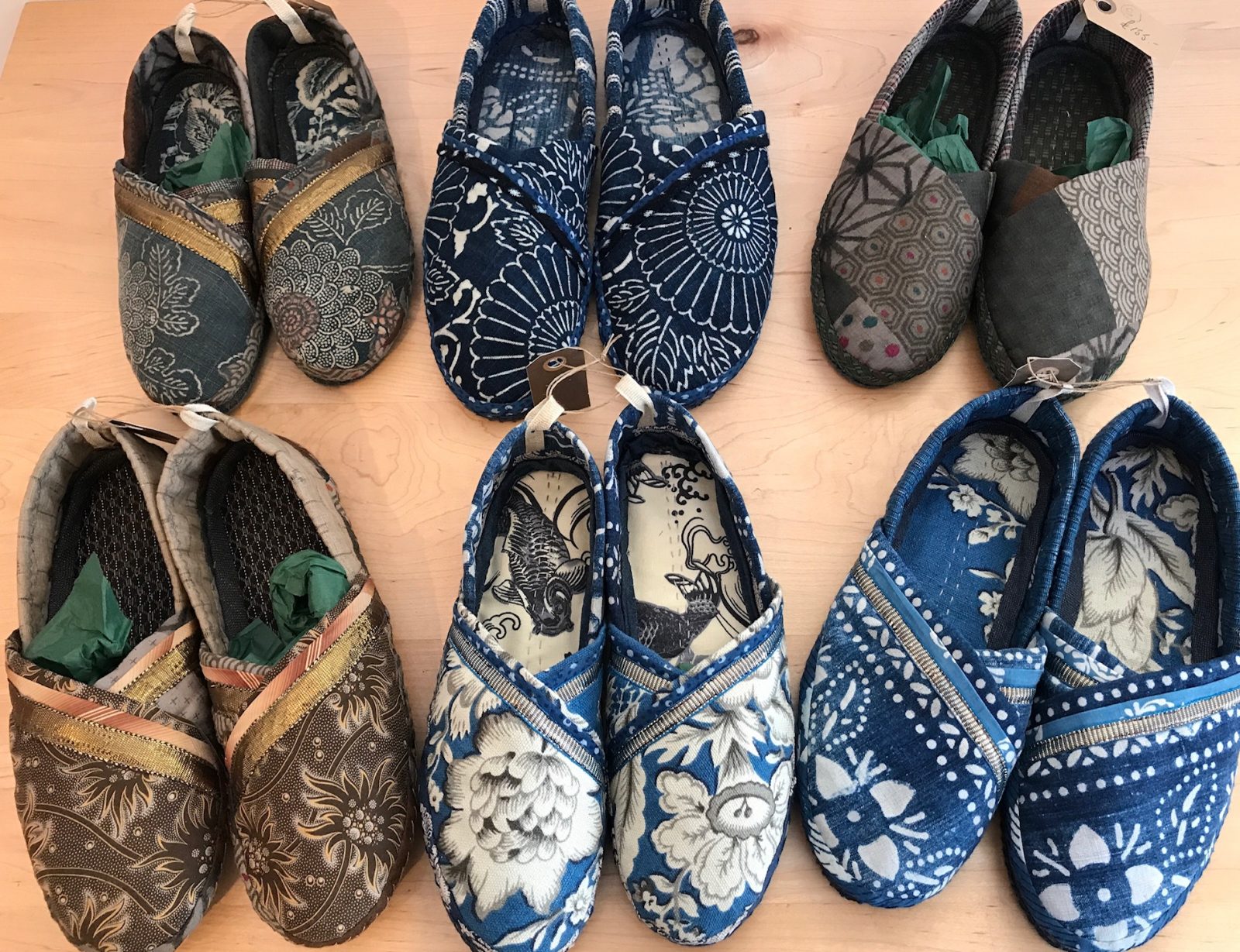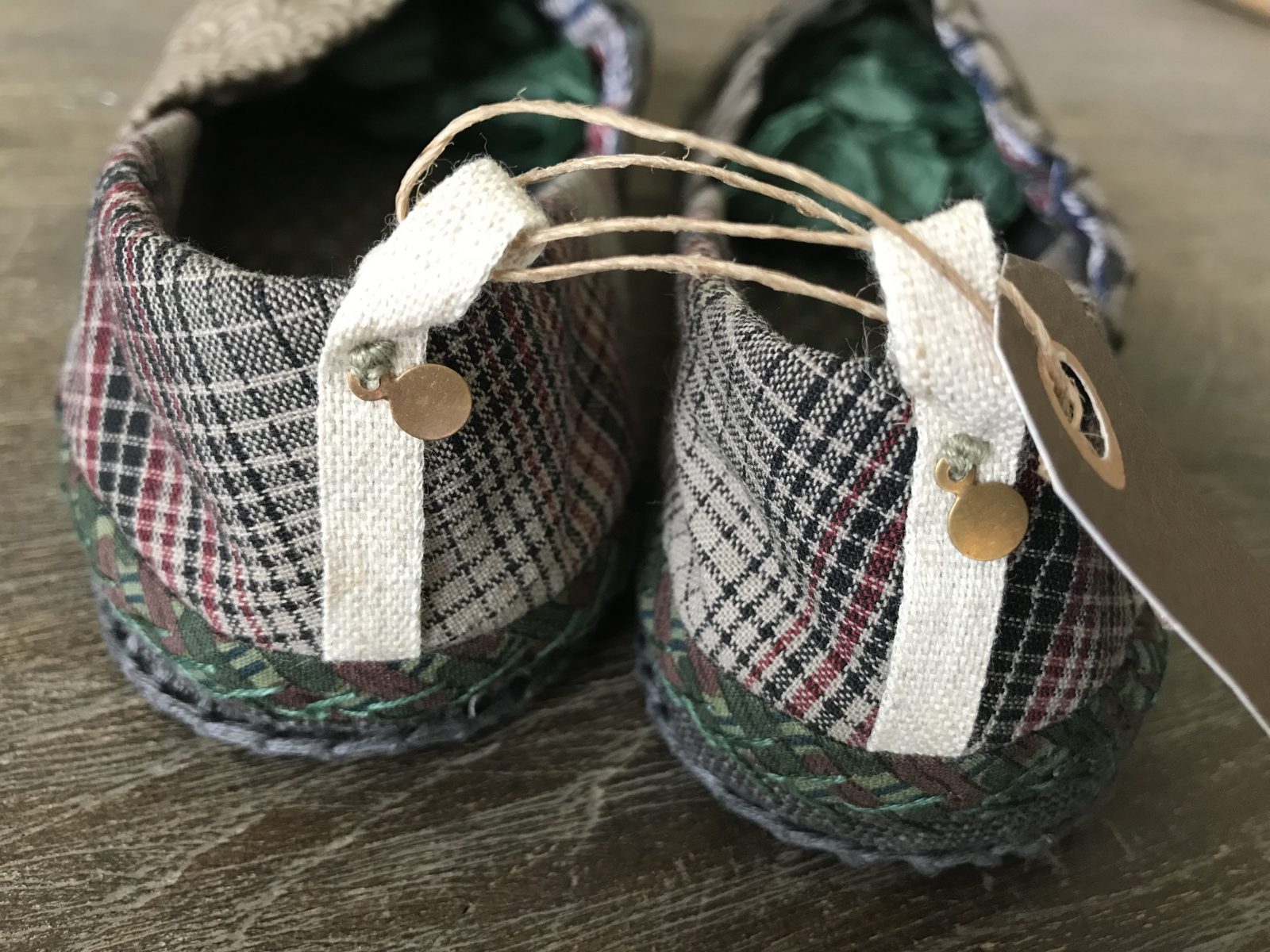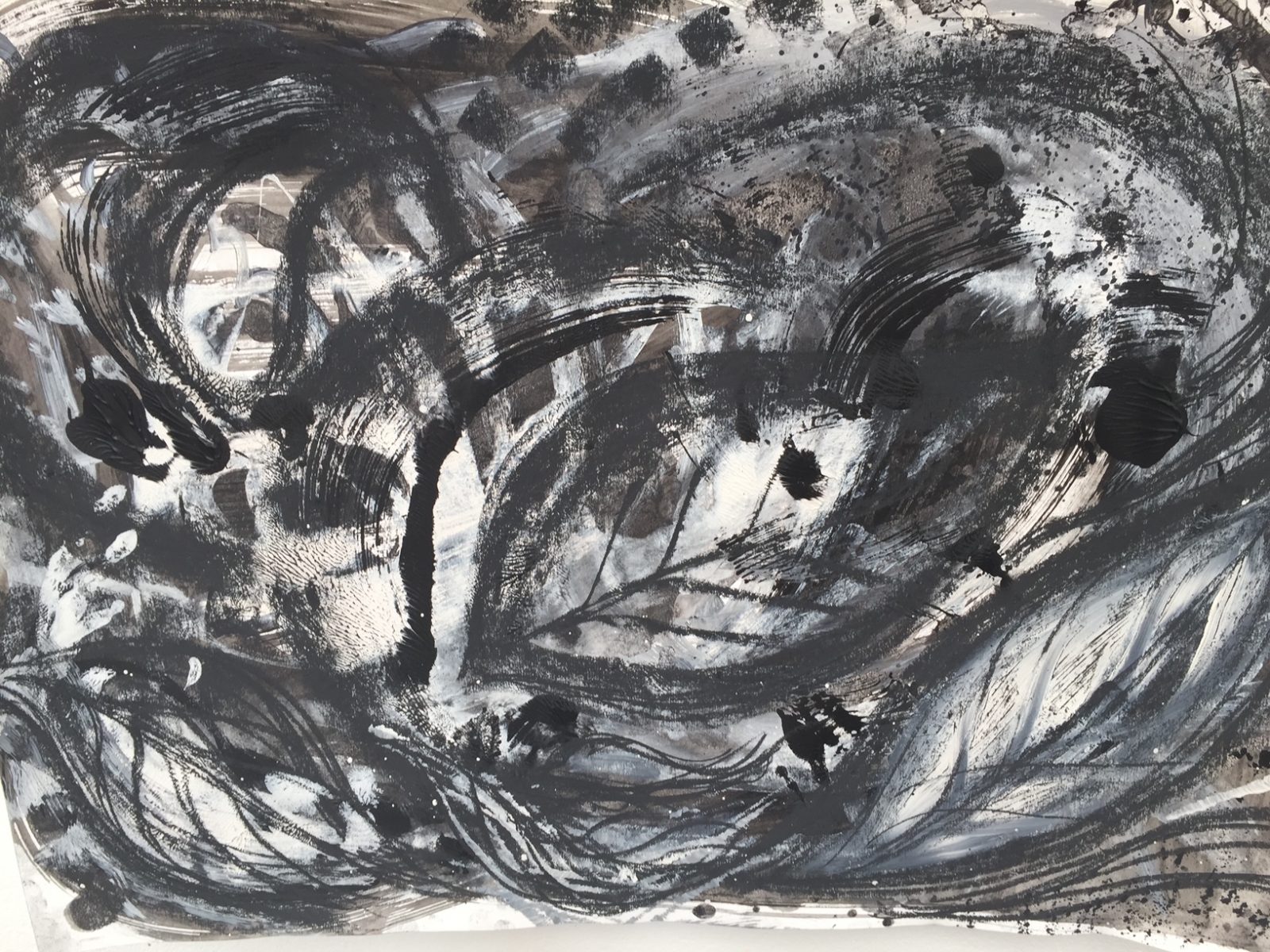Barbara Kennington
Kennington’s love of stitching and textiles, she says, is embedded in her DNA, learning her love of sewing at her mother’s knee. “I was very adept at working with my hands from an early age, but through my career I moved further and further away from such hands on creativity,” she says. “So it’s been an absolute joy for me to come full circle and be a maker once again.”
Graduating from London’s prestigious Royal College of Art, she set up the independent label, Lumière, with fellow student Megumi Ohki. Becoming part of London’s early 80s cutting-edge ‘new wave’ Kennington and Ohki were soon developing innovative clothing design out of Europe, Japan, Hong Kong and India. The line sold internationally, to Bloomingdale’s, Saks and Bergdorf among many others, with its own concession at Harrods’ Way In, at the time London’s most directional fashion floor.
But life evolves, and a desire to better understand the industry saw Kennington decide to hone her skills in the field of design consultancy, researching forward trends, and developing product and styling solutions for international companies within the clothing and textile worlds. This period was marked by further extensive travel, a key design influence throughout her career.
The late 90s were marked by the rapidly evolving world of the internet and the exploration of what this extraordinary technology could mean for the fashion and textile industries. Kennington was asked to take a leap of faith, combining her skills in lateral thinking, trend development, fashion business needs, and product presentation. Thus the hugely successful fashion industry service WGSN.com, long acknowledged as the global fashion industry’s secret online weapon, was born. As Creative & Editorial Director Kennington was instrumental in building the team, developing the service, meeting clients and giving numerous presentations globally (Brazil, Argentina and the US becoming firm favourites).
After over ten years of this high-octane life where she travelled so intensely that she might not see her London home for nine months of the year, Kennington decided to make a shift in her work/life balance, and return to doing what she loved best: stitching, painting, drawing. Her move to Sussex followed, and time to explore a myriad of different creative outlets, from paper making to blacksmithing, as well as planting two beautiful gardens in Hove.
At this time she was asked to become Honorary Chairman of UK-based charity TexSelect, bringing her experience to the long-established organisation, as a creative director and fashion trend specialist, but also as a strong advocate of the British textile industry. She has considerable knowledge of leveraging the power of the internet and developing online communities.
Kennington first met Lucy Goffin when buying plants from the Sussex nursery Marchants Hardy Plants, owned by Goffin and plantsman husband Graham Gough. A few months later, signing up for a workshop on traditional Indian stitch much further afield, in Jaipur, she was happy to find that the workshop was headed up by none other than Lucy Goffin.
“We’ve come from very different work paths, yet feel very ‘connected’” says Kennington on their collaboration. “Following many further trips to India we decided to continue to make garments together simply for the joy of stitching. Material Being was created to seal this collaboration, and to use our extensive stashes of Japanese and Indian textiles, enhancing them with fine hand-stitch and textural detail.” Although creating pieces far removed from fashion, Kennington often raids her collection of vintage designer clothes, so elements of a Dries van Noten blouse might be stitched onto an Indian hand-woven Khadi cloth, or the bold flower print on a vintage Ventilo skirt might find itself reverse-appliquéd to another cloth to create another truly one-off and unique garment.
The work of textile artists James Hunting and Matthew Harris have inspired Kennington to think of stitch in different ways and be more abstract in her drawing work. Global travel continues to influenced her greatly, “In particular there are many aspects of Japanese cultural life which at first may appear at odds with our lives, but have been of great interest in developing my work. The Japanese traditions of Boro, reworking and repairing cloth, Ma, celebrating a pause in time, an interval or emptiness in space, and Wabi Sabi which embraces the acceptance of imperfection and understated elegance. All concepts that happily play into both Lucy’s work and mine.”
